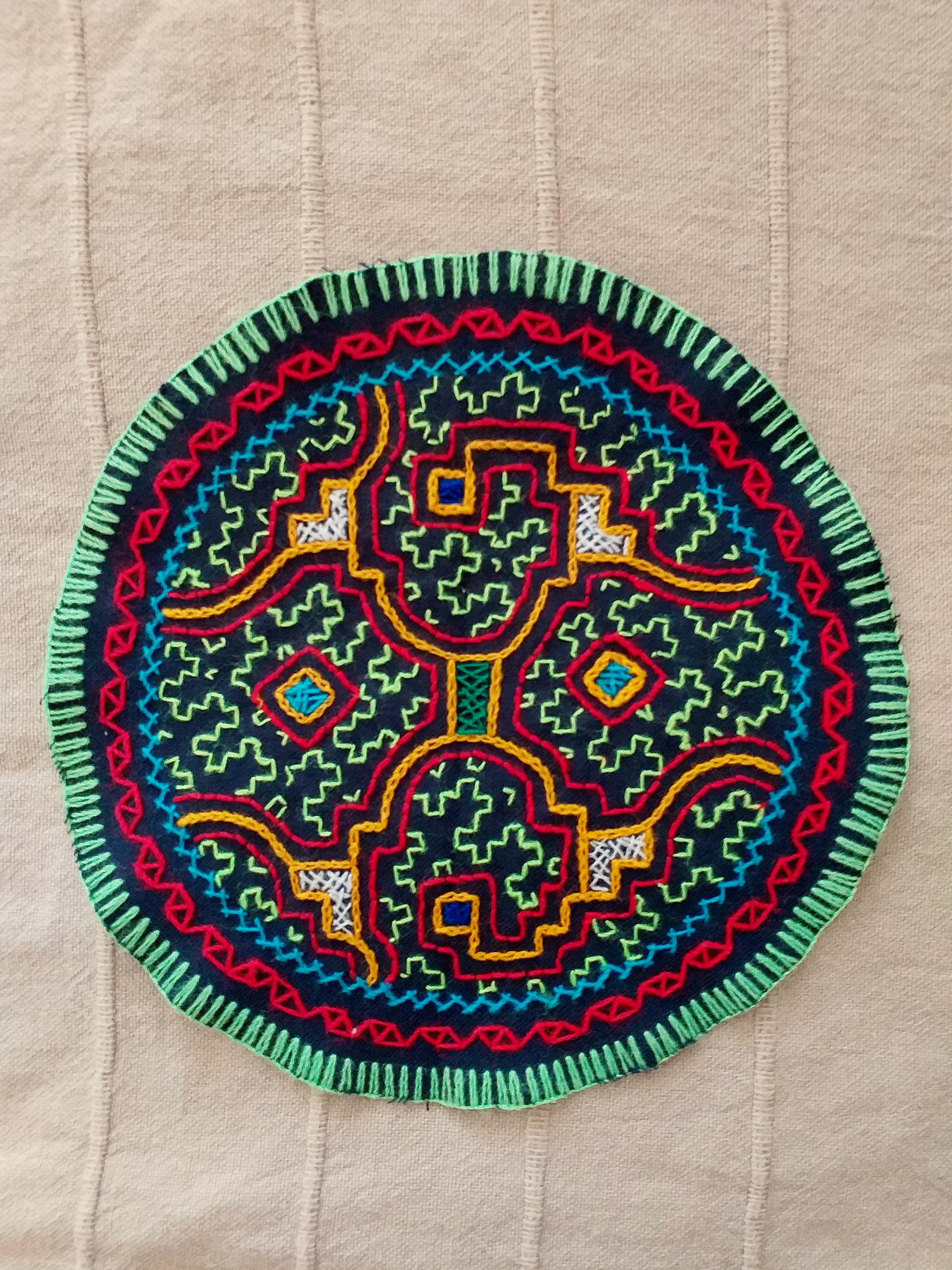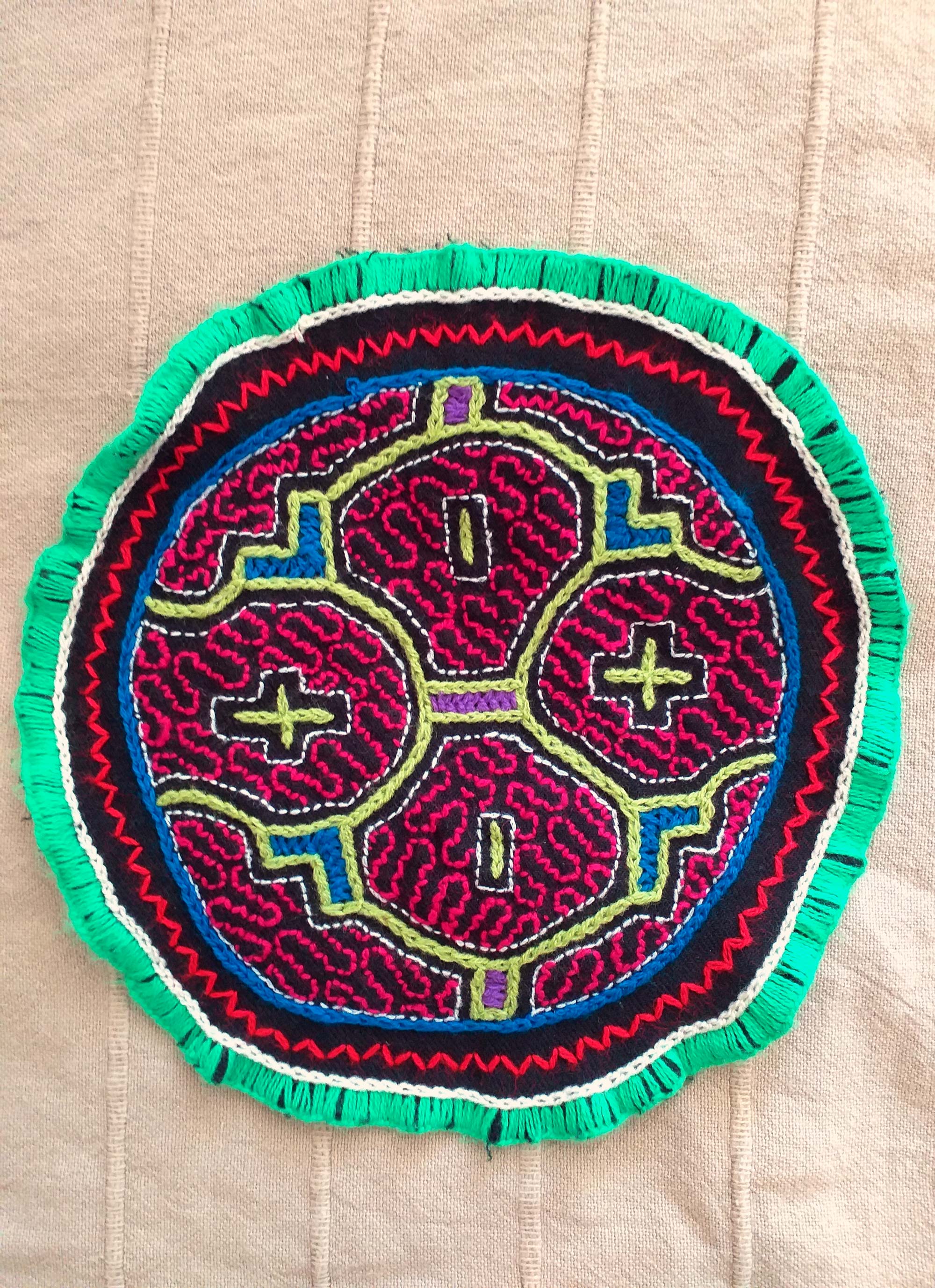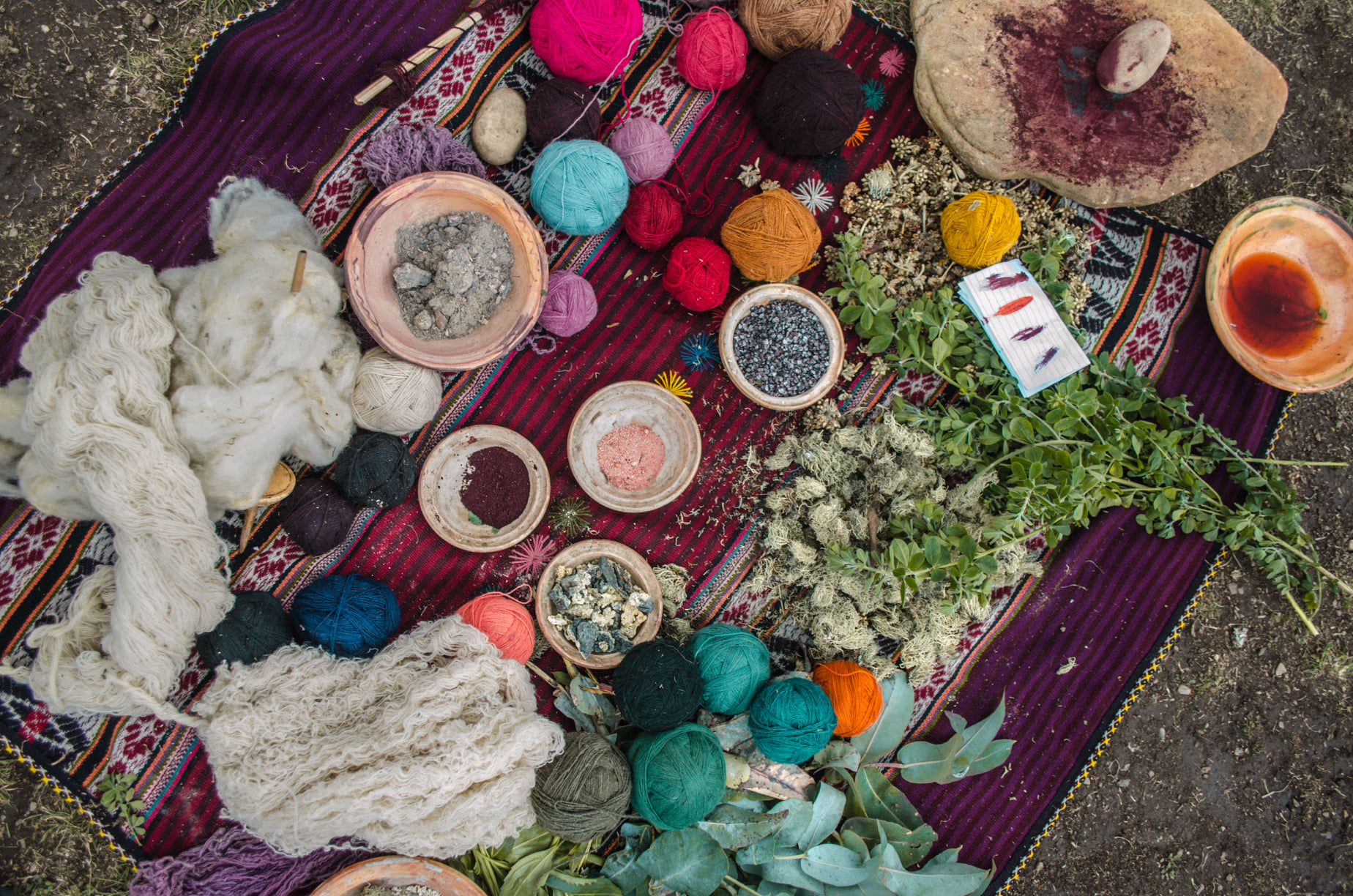“There is a language that is older and deeper than words. With it, the earth speaks.
Our indigenous ancestors were still involved in this holistic communication.
In resonance with the language of nature they could interact with her”
Susanne-fischer
Our indigenous ancestors were still involved in this holistic communication.
In resonance with the language of nature they could interact with her”
Susanne-fischer
The Language of nature
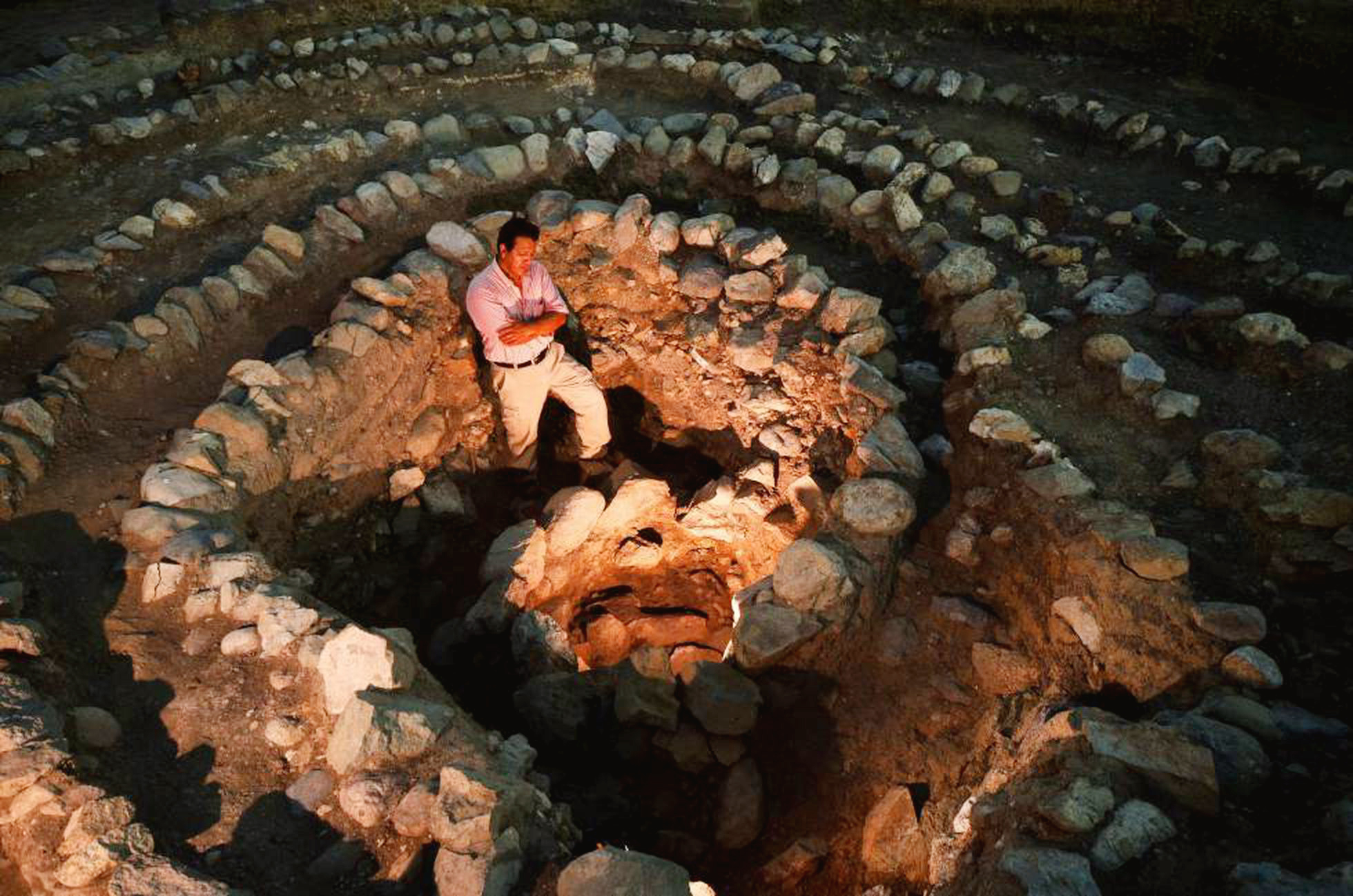
Ancient Cacao temple in Jaen Peru
3,000 BCRead the full story here

Peruvian weavings
A living culture: Pampallaqta, Cusco

Chocolate & Cacao flavor profile map

Archaeological site located in Jaén, Peru
reveals that the oldest Cacao in the world is found in this area
There are two temples between Peru and Ecuador, where remains of cacao have been found.
The most ancient cacao
The civilization that built the temples in Peru and Ecuador is more than five thousand years old and would be the birthplace of cacao. Its remains are located in the binational Chinchipe-Marañón river basin. A spiral temple was discovered in Montegrande, Peru and another in Palanda, Ecuador.
Montegrande temple in Jaen, Cajamarca, Peru
A nine-year investigation presents the ceremonial temple of Montegrande, as part of the discovery of a culture that developed on the border of Peru and Ecuador, and reveals that the oldest cacao in the world is found in this area. The archaeologist believes that the temple has the shape of a curled serpent, an important symbol found in nearby sites. This temple proves that cacao was used for ritual and ceremonial purposes in ancient Peru.
The site is 5,000 years old, it dates back to 3,000 BC.
Research began in 2009, thanks to financial support from the Andean Community of Nations. Archaeological research in Peru was led by archaeologist Quirino Olivera.
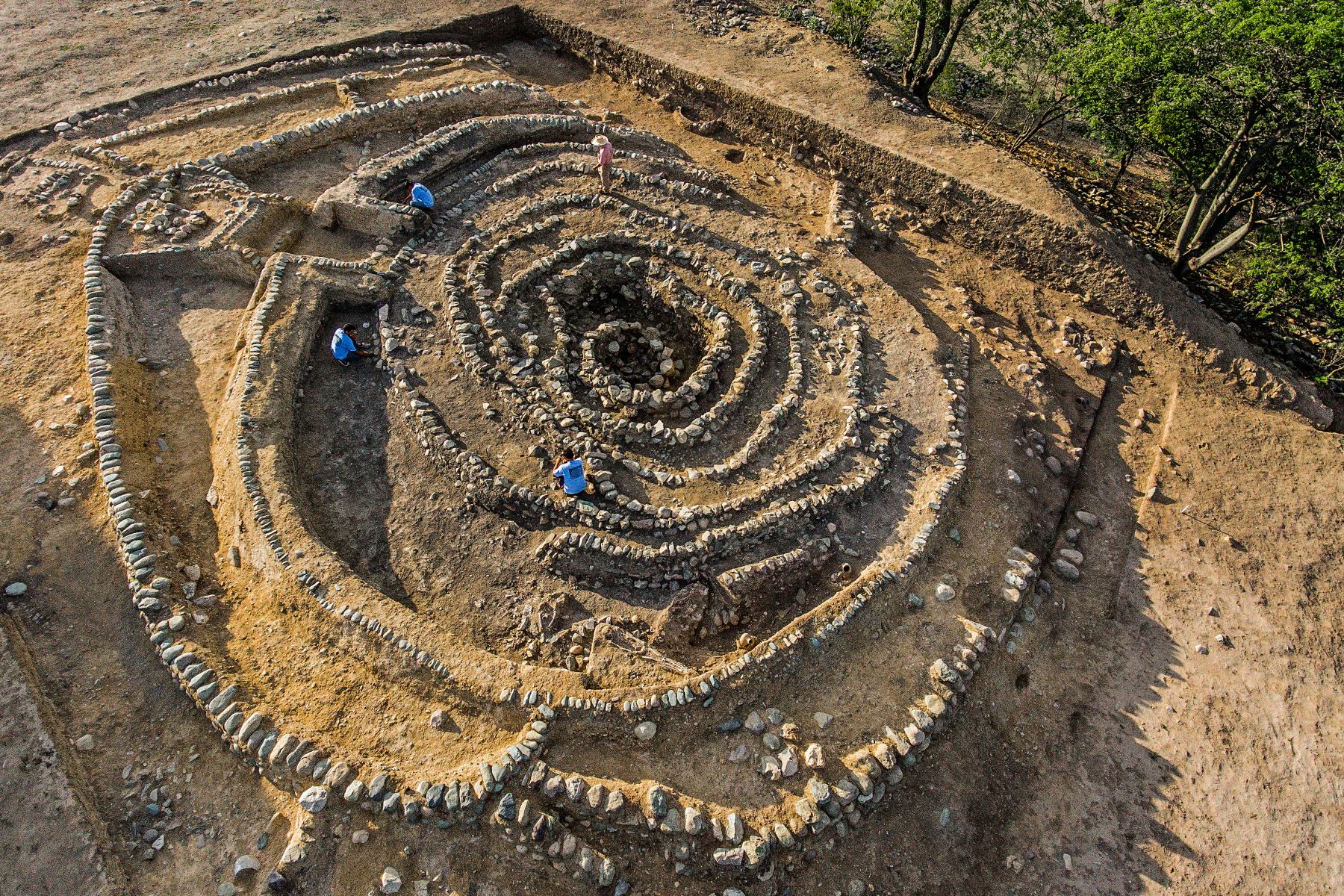
"Archaeological evidence indicates that it would be found in the upper part of the binational Chinchipe-Marañon basin, evidence of 2,000 years before the Olmecs; that is, 5,500 years old. That makes it the oldest cacao in the world," says Olivera, who believes that this culture should be called Marañón, in honor of the most important course of the Amazon.


Cacao, the Amazonian fruit had already been domesticated 5,500 years ago in the Chinchipe river basin, which runs between Ecuador and Peru reaching the Marañon river. The temple is attributed to a culture that has been called Mayo-Chinchipe, civilizations developed in the Amazon jungle.
Palanda Is in the Ecuadorian province of Zamora Chinchipe, was excavated by Francisco Valdez and Ceremonial vessels were found with traces of Cacao. The result of the carbon 14 dating offers a data that changes everything: the origin of the remains is 5,500 years ago, between 3500 and 3350 BC.
That culture gave cacao a ceremonial use and a mystical character 1,500 years before that happened in Mesoamerica.
"Peru has the highest genetic biodiversity of Cacao in the world. Six of the ten genetic clusters of Cacao in the world are found in Peru".
_
Links:
Diario el Comercio:
https://elcomercio.pe/vamos/montegrande-templo-ceremonial-escondido-une-peru-ecuador-noticia-564779-noticia/?ref=ecr
Diario el Pais:
https://elpais.com/elpais/2017/09/22/estilo/1506043289_701424.html
Diario Andina:
https://andina.pe/agencia/noticia-montegrande-templo-ceremonial-une-a-peru-y-ecuador-727438.aspx
P E R U
The journey to ancient prehispanic cultures
I have always been passionate about the wisdom of the ancient cultures of my country, Peru. Pampallaqta is a community of weavers in the mountains, in the region of Calca, Cuzco, Peru.
P a m p a l l a q t a
4000 meters above sea level
4000 meters above sea level
Inkuña. Traditional Andean weaving, hand woven with alpaca and sheep wool. Dyed with local plants by the Pampallaqta weavers in Cuzco, Peru (4000 meters above sea level)
Altar weavings
Size: 21 cm x 21 cm / 19 cm x 19 cm
These pieces are sold out
If you would like to pre-order some handwoven pieces send me a message:
rosyjs@gmail.com

Inkuña 1 Pachamama

Inkuña 3 Chakana

Faja delgada con simbolos

Watanas

Inkuña 2 Colibri

Inkuña 4

Inkuña 5 Caballo
P a m p a l l a q t a
4000 meters above sea level


Teñido con plantas naturales. Dyeing with natural plants
Process to create a weaving:
1. Blowing of the sacred Coca Leaves to the Apus and guardians.
2. Shear the sheep or alpaca.
3. They wash the wool with a root (Sacha Parakay) that grows in the area (they do not use artificial detergents)
4. The wool is put into a "Pilliru"(spindle) to form the threads. It is quite complicated although it seems very easy.
5. The wool is separated into skeins, forming a figure 8, ready to be introduced into the clay pots for dyeing.
6. The white wool is dyed with plants from the area such as Ch'ilka, Eucalyptus, Cochineal, K'olpa, Barba de Roca. The water is boiling and you have to avoid getting burned. Approximately the wool is placed for 15 minutes to be dyed. Natural alumbre, salt or lemon is used as a fixative.
7. After the wool is dyed, it dries in the sun and remains of leaves or branches of the plants that were used must be removed by hand.
8. Once they have a variety of dyed wool, they proceed to weaving by hand.
The creation of a shawl can take a month to complete.
The designs they create come from the ancient memory.
llullay: Memory
For Pampallacta community Memory
is a source, that is alive in the original communities of the Andes, the origin.For Pampallacta community Memory
Through rituals and ceremonies, offerings to the deities, prayers, and conection to mother earth its possible to enter to the ancient memory.

El hilo que nos conecta a la tierra y al origen.
The thread that connects us to earth and the origin.
Spanish
Siempre me ha apasionado la sabiduría de las culturas ancestrales de mi país de origen, Perú. En Febrero 2022 visitamos Pampallaqta, una comunidad de tejedores que viven a 4000 msnm en la región de Calca, Cuzco, Peru.
Gracias a Ubaldo y el proyecto Ayllunchis por insentivar la visita a las comunidades y facilitarnos el acceso a este arte ancestral.
No es fácil llegar a la comunidad, hay que alquilar una movilidad o ir en auto propio hata la cumbre de las montañas. El paisaje es hermoso.
P a m p a l l a q t a

Junto a la asociación Ayllunchis ofrecemos los tejidos de Pampallacta en Europa, dando a conocer el arte de las culturas originarias. Cada tejido es unico, lleva símbolos ancestrales, son hechos a mano, no usan ningun químico en la producción y son de alta calidad.
Proceso para crear una pieza:
1. Soplido de las sagradas Hojas de Coca a los Apus y guardianes.
2. Trasquilan la oveja o alpaca.
3. Lavan la lana con una raíz (Sacha Parakay) que crece en la zona (no usan detergentes artificiales)
4. La lana se pone en en un "Pilliru"(Spindel) para formar los hilos. Es bastante complicado aunque parezca muy fácil.
5. La lana se separa en madejas con los brazos, formando un 8, lista para ser introducidas a las ollas de barro para el teñido.
6. La lana blanca es teñida con plantas de la zona como Ch‘ilka, Eucalipto, Cochinilla, K‘olpa, Barba de roca. El agua esta hirbiendo y hay que evitar quemarse. Aproximadamente se pone la lana por 15 minutos para ser teñida. Se usa alumbre natural, sal o limon como fijador.
7. Luego que la lana esta teñida se seca al sol y hay que retirarle a mano restos de hojas o ramas de las plantas que se usaron.
8. Luego que ya se tiene una variedad de lanas teñidas se procede a tejer a mano. La creación de un chal puede tomar un mes para ser terminada. Los diseños que crean vienen de su memoria antigua.
Proceso para crear una pieza:
1. Soplido de las sagradas Hojas de Coca a los Apus y guardianes.
2. Trasquilan la oveja o alpaca.
3. Lavan la lana con una raíz (Sacha Parakay) que crece en la zona (no usan detergentes artificiales)
4. La lana se pone en en un "Pilliru"(Spindel) para formar los hilos. Es bastante complicado aunque parezca muy fácil.
5. La lana se separa en madejas con los brazos, formando un 8, lista para ser introducidas a las ollas de barro para el teñido.
6. La lana blanca es teñida con plantas de la zona como Ch‘ilka, Eucalipto, Cochinilla, K‘olpa, Barba de roca. El agua esta hirbiendo y hay que evitar quemarse. Aproximadamente se pone la lana por 15 minutos para ser teñida. Se usa alumbre natural, sal o limon como fijador.
7. Luego que la lana esta teñida se seca al sol y hay que retirarle a mano restos de hojas o ramas de las plantas que se usaron.
8. Luego que ya se tiene una variedad de lanas teñidas se procede a tejer a mano. La creación de un chal puede tomar un mes para ser terminada. Los diseños que crean vienen de su memoria antigua.

llullay. La memoria
La memoria es lo que ya está dentro nuestro, es una fuente que esta viva y se cultiva con el tejido en las comunidades originarias.
A traves de los rituales, ceremonias, ofrendas y el trabajo continuo del telar se accede a la memoria, el origen.

All the great variety of flavors that can be felt with a fine cacao
Chocolate and Cacao Flavor Profile Map from the "Chocolate tasting institute" is a flavor profile system for fine chocolate and fine cacao.
"Our map is based on the latest research into how the brain tastes chocolate, which is modelled using a neural network designed by Dr. Alex Rast of Oxford Brookes University working with our founders and presented using statistical tools to create a flavor map that’s logical, intuitive and based on science."
Download it here for free
The native community of San Francisco is a community of the Shipibo-Conibo people belonging to the Pano culture and interlinguistic family, located in the district of Yarinacocha on the left bank of the Yarinacocha lagoon in the Ucayali region in the central Amazon of Peru.
They embroider these weavings by hand, this traditional weaving is called Kené, symbolizes their songs and translates the ‘Icaros’ sung in ceremony with honor to the plants of the jungle.
Approximate size of the weavings: 16.5 x 16.5 cm
If you want us to send it to another part of the world please contact us.
